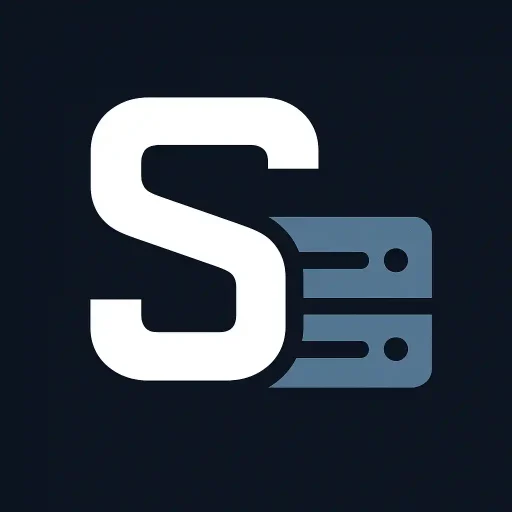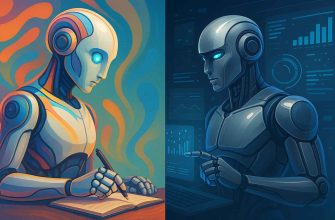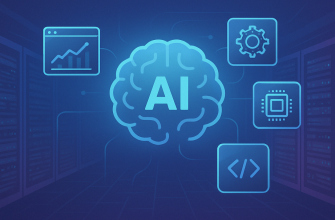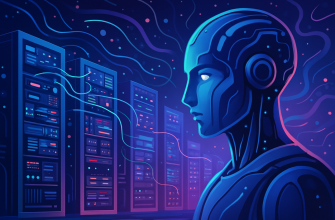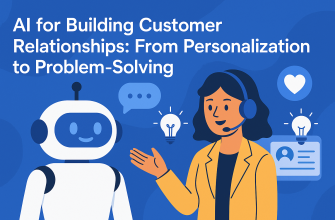AI Is Replacing Sysadmins? We Tested It on a Real Server Stack
Is your job safe from AI? We put it to the ultimate test.
Can Artificial Intelligence Really Replace a System Administrator?
With the rise of AI tools like ChatGPT, GitHub Copilot, and automated infrastructure managers, one question is shaking the IT world: Are sysadmins becoming obsolete? We decided to find out the truth by putting AI in charge of a real-world production server stack.
The Experiment: Can AI Manage a Live Infrastructure?
We set up a standard cloud server stack running a typical production workload:
- Ubuntu 22.04 LTS
- Nginx + PHP-FPM
- MySQL Database
- Dockerized microservices
- Monitoring via Prometheus + Grafana
- Automated CI/CD with GitHub Actions
Then we handed over control to a suite of AI tools:
- ChatGPT-4 (via API) for command generation & troubleshooting
- Terraform + Ansible for infrastructure automation
- Bash & Python scripts generated by AI for maintenance tasks
- Log & metric analysis via LLM-powered dashboards
Phase 1: Initial Setup – Surprisingly Smooth
We prompted ChatGPT to configure a secure LAMP server behind Nginx with SSL using Let’s Encrypt. It not only gave the correct commands but even adjusted for known issues (like Certbot’s dependencies).
Result: 90% of the commands worked without edits. Minor tweaks were needed for edge cases, but overall setup time was cut in half.
Phase 2: Routine Tasks – AI vs Human Speed
We asked the AI to handle common sysadmin tasks:
- Creating new users with SSH keys
- Monitoring disk usage and pruning logs
- Setting up automatic backups
- Detecting unusual system load via logs
Verdict:
AI handled it all. Some solutions weren’t “best practice,” but they were functional. For junior-level tasks, it was faster than a human.
Phase 3: Real-Time Incident – Can AI Save the Day?
We simulated a failure: MySQL crashed due to memory issues.
ChatGPT identified the problem by parsing logs and suggested increasing the swap space and tuning my.cnf. It even generated the script to automate the fix.
But here’s the catch:
It took 7 minutes to identify the issue, while a human expert might spot it in 2 minutes. AI lagged behind in urgency and intuition.
Where AI Excels (and Where It Fails)
✅ Strengths:
- Speed in generating scripts and commands
- Excellent documentation generation
- Great for automation and repetitive tasks
- Works 24/7, no burnout
❌ Weaknesses:
- Lacks context for complex edge cases
- Can’t always distinguish critical issues from noise
- Needs human validation for high-stakes decisions
- Struggles with real-time emergencies
Will AI Replace Sysadmins?
Not today. But it’s evolving fast.
AI is not a replacement, but it’s becoming a powerful co-pilot. For small businesses and startups, AI can handle 80% of daily sysadmin work. For enterprises, it’s more of a productivity booster than a full replacement.
TL;DR: Should You Be Worried?
If you’re a sysadmin doing routine tasks manually — yes.
If you’re focused on architecture, security, and incident response — your job is safe (for now).
Final Thoughts
We tested AI on a live server stack — and it passed with a solid B+. It’s not perfect, but it’s getting close. The smartest sysadmins in 2025? They won’t be fighting AI. They’ll be working with it.
